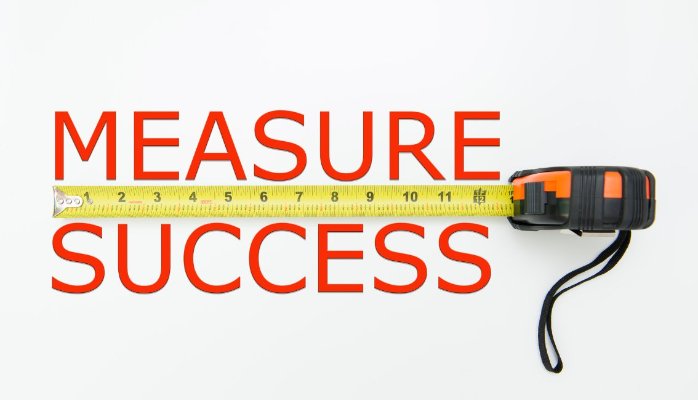At the end of the fourth quarter, the problem many business owners are concerned with is putting together the information to prepare for tax time. But as you meet with accountants to go over the books, the end of the year is also a good time to investigate your financial performance for the previous year and determine what kind of profitability you can expect to see from your operation over the next four quarters.
This should be done with some specific goals in mind for analyzing where your revenue is coming from and where surplus should be applied. But the ultimate goal should be to develop the long-term value of your company. One day you may wish to pass it on to your children. Perhaps you’ve considered retiring and selling out as a reward for all your hard work. Either way, you’ll want to keep an eye on certain metrics.
Using business metrics
First, you must recognize the metrics that are the best indicators of your business’ performance. It’s easy to get overwhelmed with figures and statistics springing from a full-blown analysis that may really have little impact on your bottom line. Your analysts and accountants can help you sort through the details, but the numbers that matter most come from the metrics that follow.
1. Net profit margin
This shows you what percentage of real profit you’re getting from every dollar generated in sales. The expected rate of return is different for every industry, so your profit margins can show you your level of efficiency and your window for scaling prices to capture more of your market. Most industries will have financial benchmarks available as guidelines. Key performance indicators (KPI) are an ongoing metric for short-term monitoring. Restaurants may want to know average cost-per-seat, cinemas and theaters may want to see ticket prices vs concession sales, or shipping companies revenue per mile or gallon of fuel.
2. Gross margin
This is your percentage of profit vs expenses and is a good indicator of when costs are growing faster than revenue. Gauging gross margins over several periods can identify a need for improving production efficiency and/or finding ways to lower costs. It can be a good time to look for new vendors or re-negotiate agreements with the ones you have. At times the only alternative is raising prices. Knowing where your market shares are relative to rivals in your area or niche can be a good indicator of how well you’re doing in terms of competition.
3. Benchmarking
Prospective investors or buyers will also compare a business’ financial statements to those of competitors to make a relative market valuation. Monitoring the performance of others in your industry is a good practice as it let’s you know how your profitability stands against your market competition, not the narrow scope of your own profit-and-loss statements. You may find that 20 percent margins are more than adequate, but they will be substandard against a similar company making 26 percent margins, or even a much larger company making 17 percent margins. Your company should represent strong competition, or your future could be less assured than you think.
4. Cash flow operations
The cash flow statement should be part of your financial statements. Cash flow demonstrates how much cash is coming from the company over a given timeframe. Cash flow is not the same as profit. If some major clients are slow to pay, the books may show some healthy profit margins, but the cash isn’t actually there yet. If other indicators show that it’s time for a change, or bills and payroll are an issue, borrowing against invoices may be your best option. Business Credit & Capital will purchase a percentage of your anticipated revenue and advance the funds to you. Unlike most business loans, there’s little documentation required and you use the money any way you like.
There are any number of other factors affecting profitability. Apart from taxes, these could be a liability or other forms of insurance, licensing fees, IT and security costs, or even the fact that wages can vary between different geographical regions. But you should always be aware of where your operating cash is coming from.

